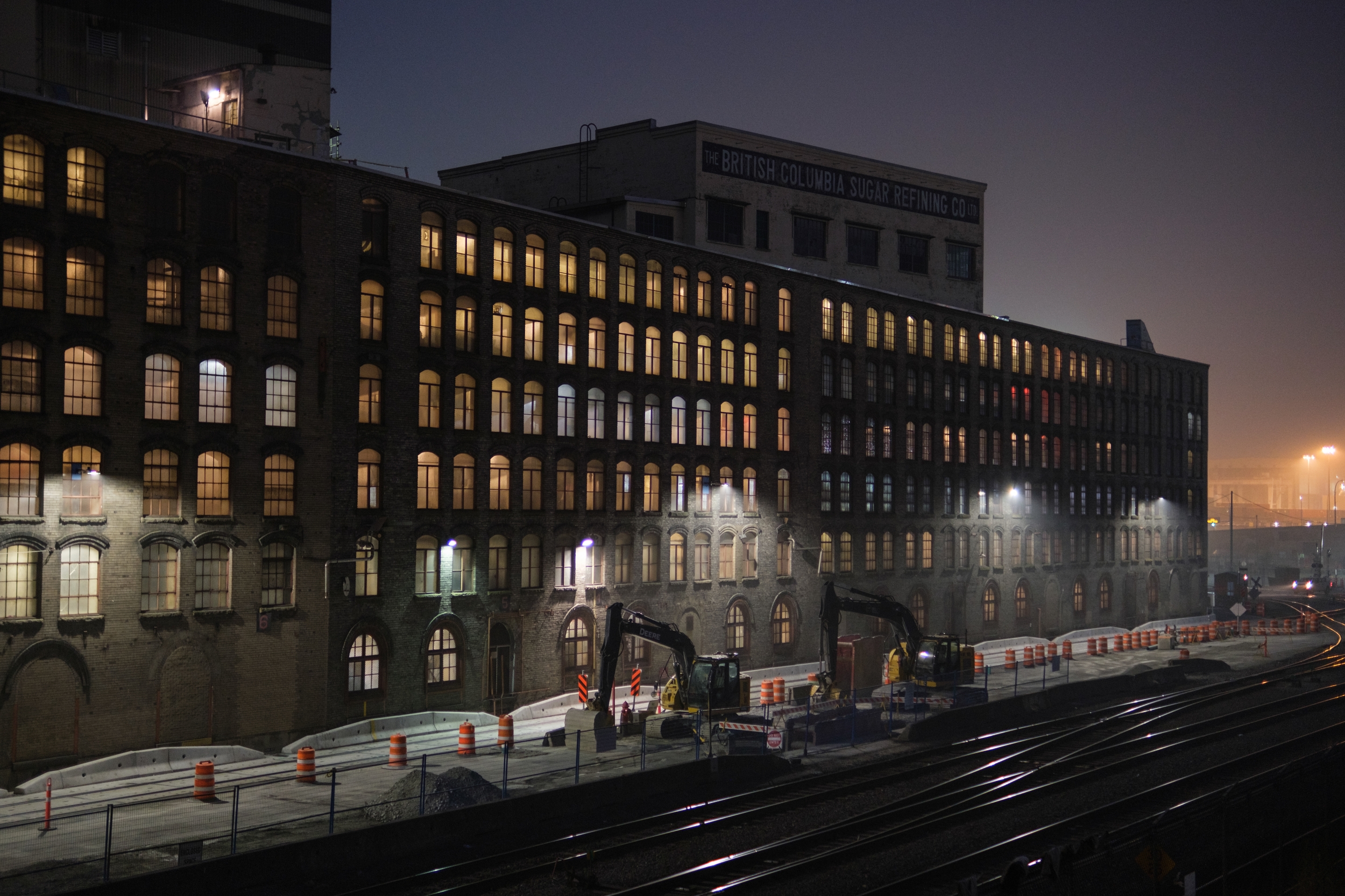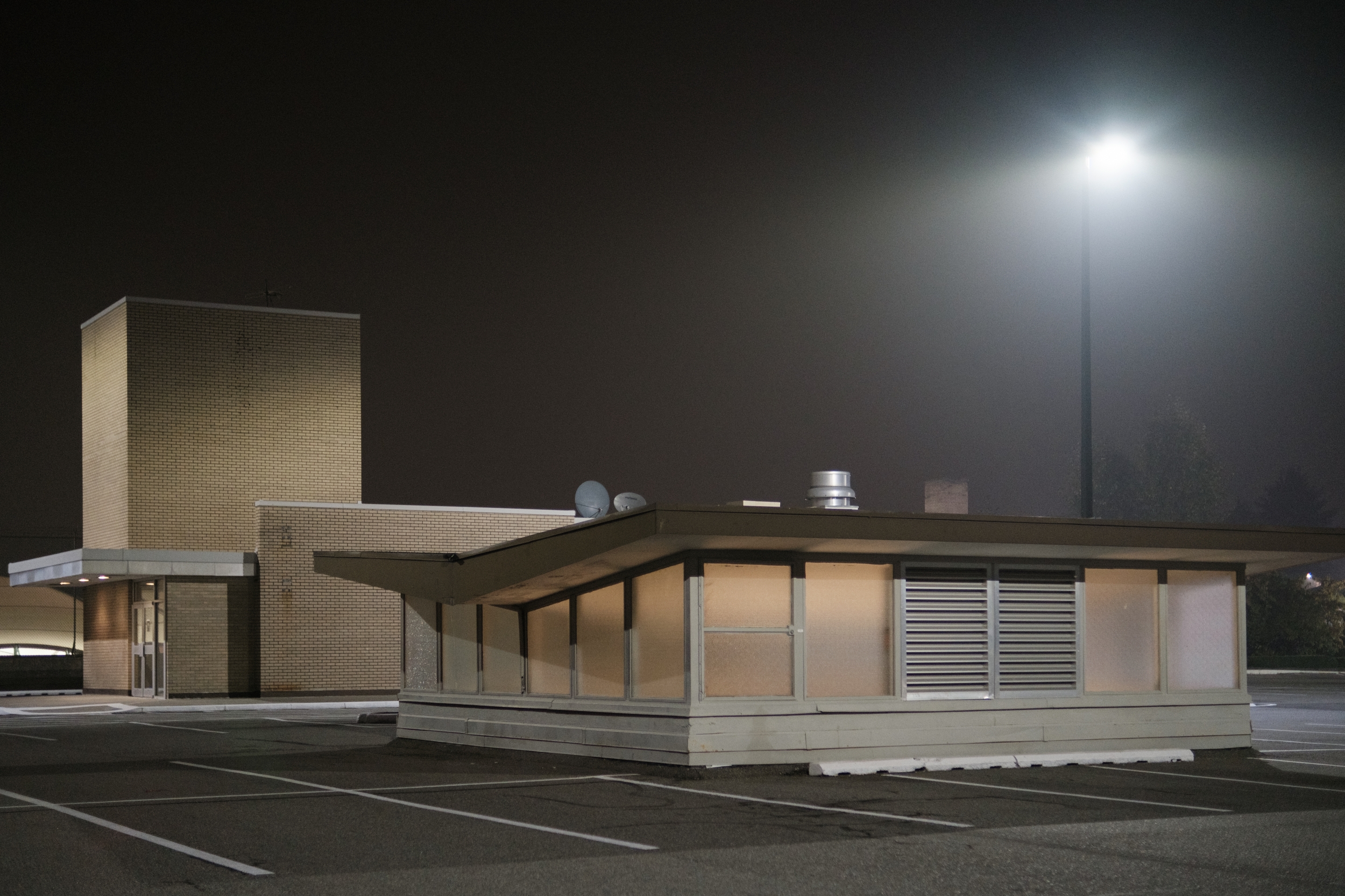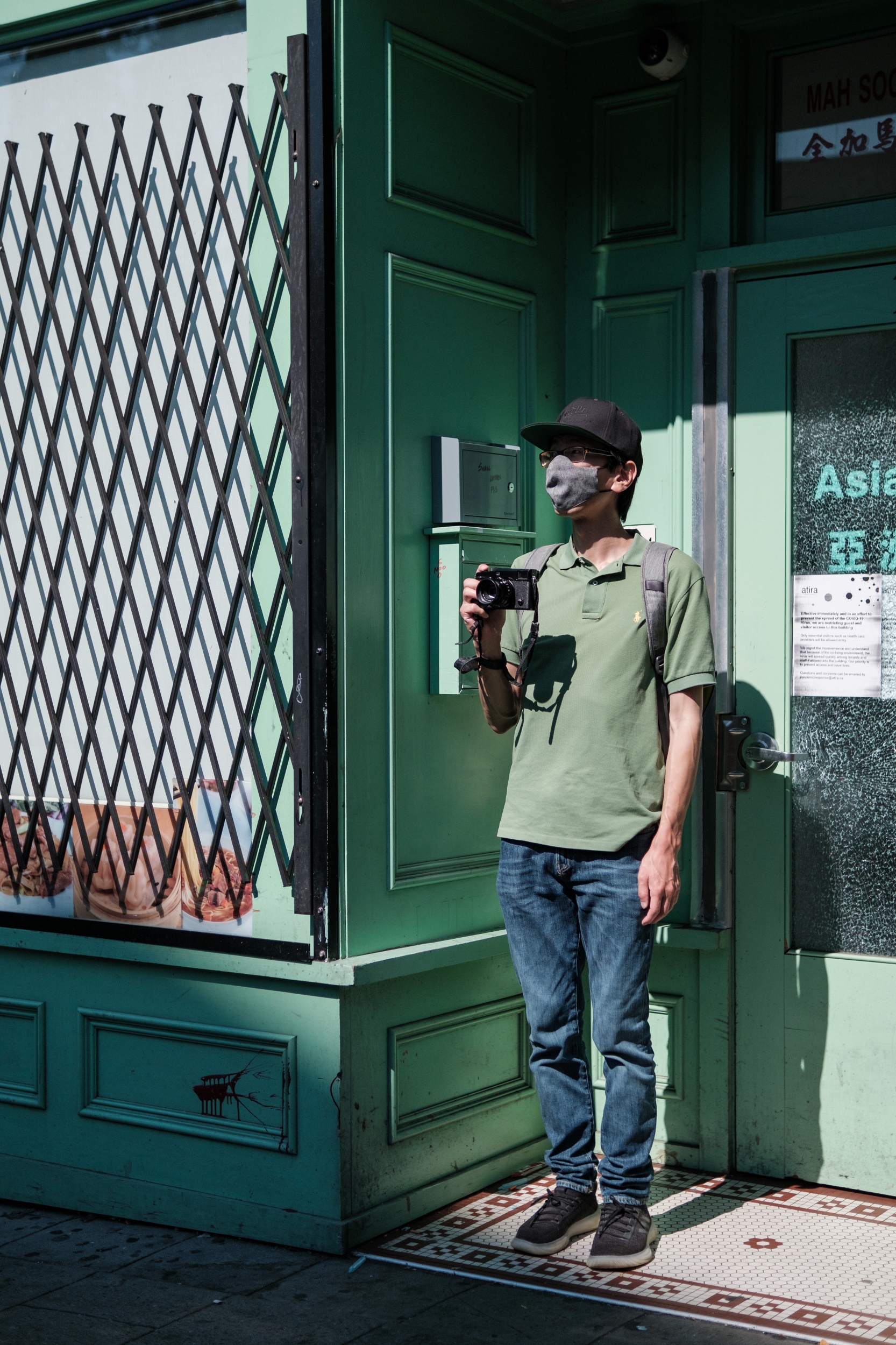In the realm of prime optics the 50mm is considered ‘the standard’ lens. This is because the natural perspective of the human eye is suppose to be similar to what we perceive through a 50mm lens on 35mm cameras. Since the kit lens for SLRs and rangefinders was typically the 50mm lens back in the film days, this focal length became very popular amongst professionals, artists and the average photographer alike. For the Fujifilm X-Series the closest lens is the 35mm, which works out to be a 53mm equivalent. My favourite X Series 35mm lens is the XF 35mm f/2 R WR because of the size, weight, autofocus speed-accuracy-quietness, and finally the price. I have always appreciated the fine optics of the more expensive XF 35mm f/1.4 R lens; but the dated design, slower, noisy and less accurate autofocus, and the premium price has always kept me from adding it to my collection. When Pergear asked if I was interested in reviewing the new Viltrox AF 33mm f/1.4 for the Fujfilm X Series, I said I was very interested. Here are my first impressions.
Lens Specifications:
- $279 USD
- 33mm APS-C or 49.5mm equiv. in 35mm
- f/1.4-f/16
- min focus 40cm
- 10 elements in 9 groups
- 52mm front filter thread, 270g
- Nine-blade diaphragm with no hard stops on aperture ring
- STM stepping motor with internal focus design
- single extra-low dispersion element, one high refractive index element
- HD nano multi-layer coating
- micro USB port for firmware update
First of all the 33mm lens on APS-C works out to a 49.5mm equivalent, very close to the 50mm perspective on full-frame. This doesn’t make the lens better, but my preference is for slightly wider (I prefer 40-45mm) for my style of photography. However the build quality of this lens feels better than the XF 35mm f/1.4. The Viltrox lens is bigger and heavier, although this allows for a much larger and more natural feeling manual focus ring. The aperture ring on the Viltrox does not have hard stops (except when you turn it to A mode); although the actual diaphragm opening is set to 1/3 stop increments, not a smooth transition between stops like on many cinematic lenses. There is a warning for X-Pro owners, that the Viltrox 33mm f/1.4 can scratch the lens release button due to it’s close proximity to where the lens and mount meet. I have a slight scratch on my X-Pro3’s lens release button, although I don’t know for a certainty if it was because of the Viltrox lens. The lens clearance is good on my X-T4 and even better on my X-H1.
The optical formula on the Viltrox is very different from Fujifilm with 10 elements in 9 groups (versus the Fujifilm’s 8/6 design). It also has one extra-low dispersion, one high refractive index element and their own HD nano multi-layer coating on their lens elements. With a nine-blade circular diaphragm versus Fujifilm’s seven-blade design, the Viltrox should have smoother looking bokeh or shallow-depth-of-field. However minimum focus on the Viltrox is a reasonably long 40cm versus Fujifilm’s 28cm, not great for close-up product-macro photography. The focus breathing on the Viltrox is decent, allowing for video use.
What makes the Viltrox 33mm lens unique is that it has full autofocus and EXIF communication with the Fujifilm X-Series body. Unlike using an adapted lens, I know if I use the Viltrox on my Fujifilm bodies, it will feel just like using a native Fujifilm lens. Even face-detect and AF range limiter on my X-T4 and X-Pro3 works with the Viltrox lens. Because this lens uses a STM stepping motor for autofocus, it focuses similar to the XF 35mm f/2 R WR lens, although not as quick or accurate. However, the Viltrox’s autofocus performs much quicker and quieter than the slow and noisy XF 35mm f/1.4 R.
I decided to test this lens in a variety of situations, including street, landscape, portrait and night photography. This lens performs well in quick situations, as long as you have the camera set-up to your specific shooting situation. I found centre focus point with 25 points or zone focus with 9 points allowed for the best balance of accuracy and speed for street photography. I don’t recommend shooting at f/1.4 since it’s very easy to mis-focus on the wrong focus point at that depth of field. I prefer to set the maximum aperture between f/2 or f/2.8 if I want shallow depth of field.
Image quality at f/1.4 is not as good as the Fujifilm XF 35mm f/1.4. Although both lenses exhibit some purple and green fringing, the Viltrox does have more aberration issues. The best way to resolve this is to stop down, even just 1 stop to f/2 or remove in post processing. The biggest difference here is probably the superiority of Fujifilm’s Super EBC lens coating versus Viltrox’s Nano coating technology. This is also visible with micro contrast when shooting wide open at f/1.4. I noticed that the Viltrox looks slightly softer but also lacks micro contrast when shot wide open. Again the easy solution is to stop down to f/2, which makes a big improvement, with f/4 being the optimum aperture for image quality. In terms of light fall off and distortion across the field, the Viltrox is very good. Considering there is no digital lens optimization between the lens and body like Fujifilm native lenses, light fall off on the Viltrox is almost non-existent at f/1.4 and distortion is very well controlled.

X-T4 + Viltrox 33 @ f/1.4. 1/45th sec @ ISO 800. Provia film simulation (This is the featured image)
For my style of photography, having a useful f/1.4 is important for night photography. Since I’m typically focused close to infinity, there is no shallow depth of field advantage over the XF 35mm f/2 R WR lens. However I do have a one stop advantage, which allows me to shoot at ISO 800 instead of ISO 1600, or shoot at 1/30th sec instead of 1/15th sec. Although I do lose some sharpness and micro-contrast when shooting wide open, I can always fix this in post processing. When comparing to the XF 35mm f/1.4 wide open, I do prefer the Fujifilm over the Viltrox when it comes to straight-out-of-camera image quality. However, I can fix many of these issues in post (increase contrast, sharpness, remove purple fringing, etc).
Although the Fujifilm XF 35mm f/1.4 R is a beautiful lens, many have hesitated to buy it because of it’s first generation design, build and technology. With no WR, loud and slow autofocus, hollow feeling aperture and autofocus ring, many have been looking for an f/1.4 alternative. Although the Viltrox 33mm f/1.4 lens is no replacement of Fujifilm’s nifty fifty f/1.4 lens, it’s a good alternative for those who want to save some money but gain much of the benefit of improved autofocus and better build quality. In an upcoming article I will compare the Fujifilm XF 35mm f/1.4, XF 35mm f/2, Viltrox 35mm f/1.4 and Pergear 35mm f/1.6. For now, I can say that I am pleased with the optical performance of Viltrox’s nifty fifty 33mm f/1.4. The build quality is solid, the optical performance is good (especially between f/2.8-4), and the autofocus speed and accuracy is similar to the Fujicrons. Having full EXIF information in-camera helps real time when shooting (you can see selected aperture in the EVF for quick adjustments) as well as looking through your images during editing and post processing. I look forward to more Viltrox lenses for the Fujifilm X mount. Perhaps a 14mm f/2 or 18mm f/1.8? What would you want to see next from Viltrox? Thanks for reading and happy shooting!

























